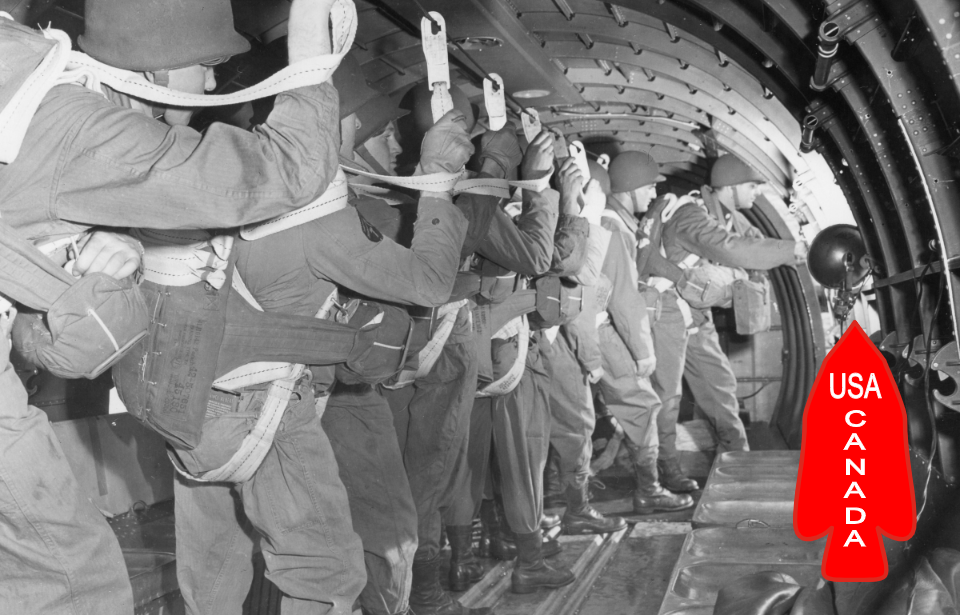The various Special Forces groups of the Second World War played a major role in the evolution of elite units in the decades to follow. This is particularly true of the First Special Service Force (1SSF) – also known as the “Devil’s Brigade” – who operated in the European Theater between 1942-44.
A combined Canadian-American unit, its formation influenced the evolution of commando groups in both nations: the Canadian Special Operations Regiment (CSOR), Canadian Special Operations Forces Command (CANSOFCOM) and the 1st Special Forces Command (Airborne), US Army Special Operations Command (USASOC). Both claim to be direct descendants of the First Special Service Force.
Although it only operated for approximately two years, this early Special Forces unit had a profound impact on the war.
Project Plough and the formation of the First Special Service Force
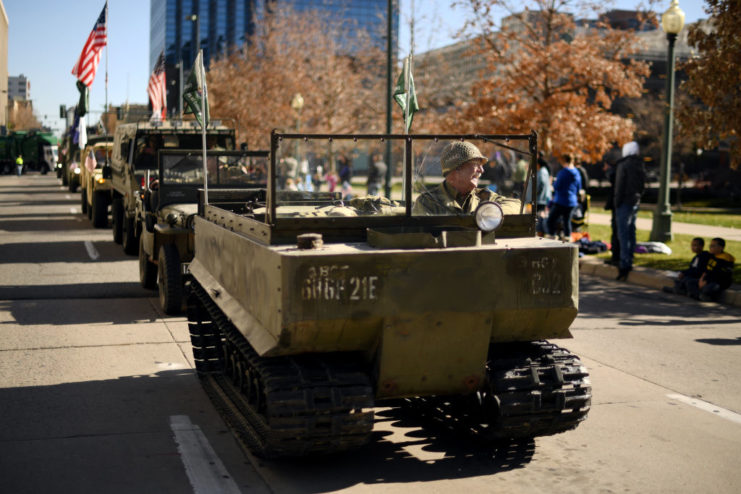
The creation of the First Special Service Force can be credited to Geoffrey Pyke of the British Combined Operations Command, who wanted to put together a curated, elite force that could operate in winter conditions and behind enemy lines in Norway, Romania and the Italian Alps. He proposed Project Plough in March 1942, with the goal of establishing a commando base on a glacial plateau in Norway.
Pyke’s idea was well-received. However, due to the already high demand on the resources of the Combined Operations Headquarters, officials offered the proposal to the United States. Gen. George Marshall, Chief of Staff of the US Army, readily accepted.
For the project, the US government wanted a special vehicle – a tank with spiked treads – to be developed, so the men within this specialized unit could move quickly through the snowy regions where they’d be deployed. This resulted in the production of the M29 Weasel, a tracked vehicle that could traverse through a variety of conditions (snow, desert and mud) and tow loads over terrain that traditional wheeled vehicles couldn’t.
A new commanding officer
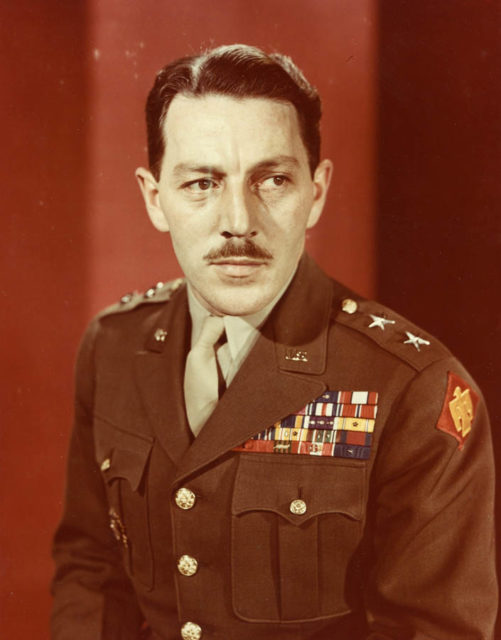
Despite the Americans accepting responsibility for Project Plough, there was one person who was unhappy about the idea: Maj. Robert T. Frederick of the Operations Division of the US General Staff. He thought the proposed unit wouldn’t do enough damage to warrant its use on the frontlines. He was also concerned that:
- The US Army had established unrealistic objectives for the size of the force.
- A small force would be easily outnumbered.
- There was no way to get the troops out once their mission was complete; all equipment would have to be abandoned.
- There weren’t enough aircraft available to drop the men into Norway.
- Aircraft would constantly need to drop supplies for the men.
Despite his objections, Frederick’s superiors were unwilling to deviate from the original plan, and, instead, put him in charge of raising and commanding the force, now with the rank of colonel. He wasn’t the first to take control of Project Plough. Lt. Col. Howard R. Johnson had been removed from the position after arguing with his superiors over the unit’s feasibility.
Recruiting Canadian and the American soldiers
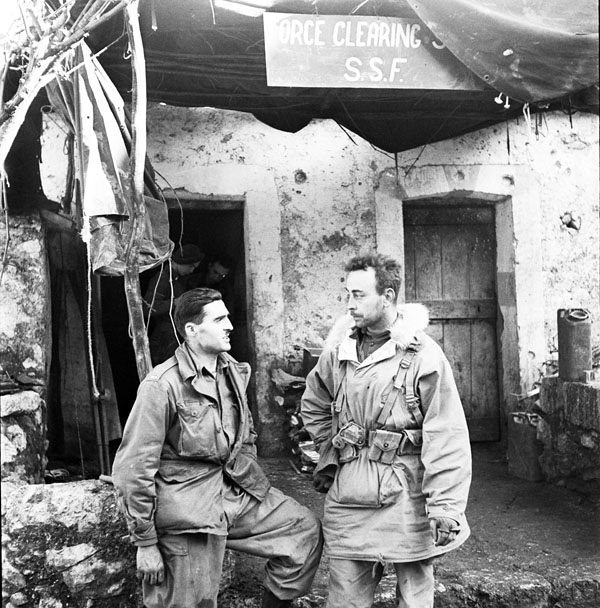
Robert Frederick quickly took charge. By July 1942, he’d cut Geoffrey Pyke out of the planning for Project Plough and was completing the necessary recruitment for what became the First Special Service Force.
While famously a Canadian-American endeavor, Norwegian commandos were initially supposed to be included, as Norway was among the nations deemed best suited to clandestine winter warfare. However, there was considered to be a lack of suitable Norwegian soldiers, so, instead, the Canadians were put as second in command, while providing half the officers and a third of enlisted men.
Recruits from both countries thought they were joining a parachute unit and were carefully selected. Tom Gilday, the Canadian Army’s only ski instructor at the time, was appointed as one of the battalion commanders and told to recruit volunteers. He selected “trappers and hunters, bushmen, farmers’ sons, all good individual outdoor types who would know their way around in the woods and in the country and in all kinds of weather conditions.”
The Americans posted recruitment letters, looking for “single men, aged 21–35 with three or more years of grammar school. Occupations preferred: rangers, lumberjacks, northwoodsmen, hunters, prospectors, explorers and game wardens.” Camps in the west were also scouted for possible recruits.
Volunteers underwent intensive training
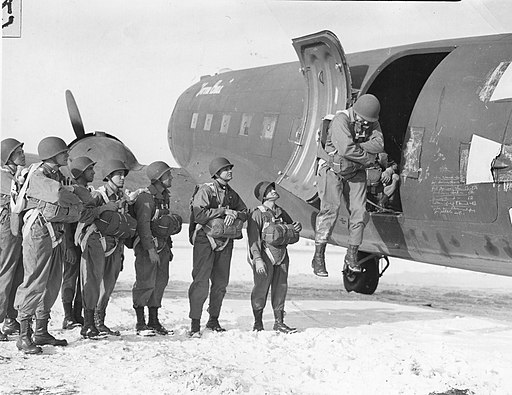
Due to the tight timeline to get the First Special Service Force into the field, the training period in Helena, Montana was intensive. In fact, volunteers began parachuting after only 48 hours. In addition, they became proficient in weapons and demolition, small unit tactics and underwent rigorous physical training. There was also an emphasis placed on problem-solving, rock climbing, skiing, training in the M29 Weasel and learning how best to adapt to cold climates.
Training also heavily focused on combat and physicality. The men regularly completed 97-km marches, learned how to use enemy weapons, practiced hand-to-hand combat, learned how to partake in amphibious warfare and received extensive ski training from Norwegian instructors until they could ski in formation at the same standard as those in the Norwegian Army.
By the time the 1SSF embarked on its first mission, every member was a qualified parachutist and could allegedly beat the best US Marine Corps units at their own drills.
The First Special Service Force arrives in Italy
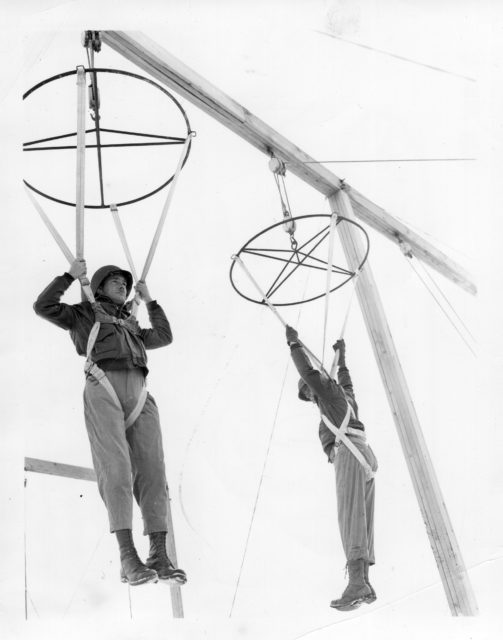
The First Special Service Force took part in four engagements during the Second World War, totaling 22 battles, never losing a single one. Their first mission was to assist in the invasion of Kiska, as part of the Aleutian Islands Campaign. When they landed, however, they realized the Japanese had already evacuated. They subsequently returned to the US.
Later that year, it was decided that, despite training for this very purpose, the 1SSF wouldn’t be sent to Norway. Instead, the unit was sent to Italy in October 1943, under the purview of the US Fifth Army. The men arrived on November 19, 1943 and joined the US 36th Infantry Division. They were tasked with taking the German positions at Monte La Difensa and Monte La Remetanea, controlled by the 104th Panzergrenadier Regiment, as no one else had been able to do so.
Between December 3-6, the 1SSF took Monte La Difensa, with Monte La Remetanea being captured between December 6-9. By early January 1944, the unit had captured Monte Sambúcaro and Monte Vischiataro. This allowed the 1SSF to earn an impressive reputation, as they’d had accomplished something no other unit had. However, they’d suffered a 77 percent casualty rate in doing so.
Fighting along the Anzio beachhead
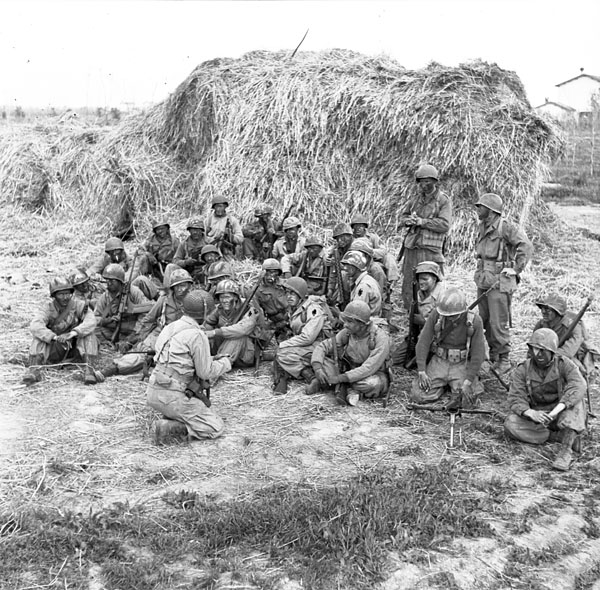
The First Special Service Force remained in Italy for their first major offensive, landing on the Anzio beachhead on February 1, 1944 as a replacement for the 1st and 3rd Ranger Battalions, which had suffered severe losses during the Battle of Cisterna. The unit’s members were tasked with holding the position and raiding when possible, something they excelled at.
The Germans had a difficult time engaging with the 1SSF and even pulled their units back in the Mussolini Canal sector due to the aggressive nature of their patrols. The continuous night raids also forced the enemy to fortify its position more than planned, with the unit’s members sometimes going as deep as 1,500 feet behind the German lines.
The 1SSF made even more of a name for themselves during this time period, particularly among the Germans. They acted as though they were a much larger force than they actually were, a strategic maneuver ordered by Robert Frederick.
The “Black Devils,” as they were called by the enemy, carried stickers with their unit patch and the slogan – “the worst is yet to come” – written in German. They stuck these on the bodies of those they killed, as well as on German fortifications. The 1SSF’s reputation was so fierce that, prior to engaging with the group, the German soldiers were informed they would be “fighting an elite Canadian-American Force. They are treacherous, unmerciful and clever. You cannot afford to relax.”
At Anzio, the 1SSF fought for 99 days before being relieved, only to move on to Monte Arrestino and Rocca Massima. At the beginning of June 1944, they were one of the first Allied units to enter Rome.
Disbandment and legacy of the First Special Service Force
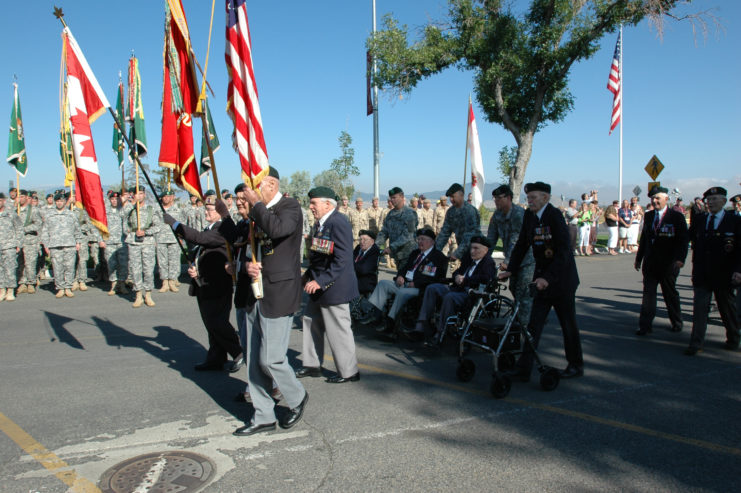
The final fight of the First Special Service Force was in France as part of Operation Dragoon. At the beginning of August 1944, the unit captured five fortifications on the island of Port-Cros, after which they were attached to the 1st Airborne Task Force, US Seventh Army to defend the border between France and Italy.
On December 5, 1944, the 1SSF was disbanded in Villeneuve-Loubet, France. The unit consisted of approximately 1,800 men, and was credited with roughly 12,000 German casualties and the capture of around 7,000 enemy prisoners. It also had an attrition rate of over 600 percent. Many of the men, including Canadian Tommy Prince, were honored for their service.
After the 1SSF came to an end, the group’s members were redistributed. The Canadians were moved back to their national units (primarily the 1st Canadian Parachute Battalion), while the Americans were split between airborne divisions and the newly-formed 474th Infantry Regiment.
More from us: M1941 Johnson Light Machine Gun: A Favored Weapon of the Devil’s Brigade
Following the war, the lessons learned from the unit were applied to American and Canadian Special Forces, including the US Navy SEALS and US Army’s Green Berets. Each year on December 5, the 1SSF is remembered by Special Forces units in both the US and Canada, who perform a pass in review, a parachute jump and hold a formal ball.
